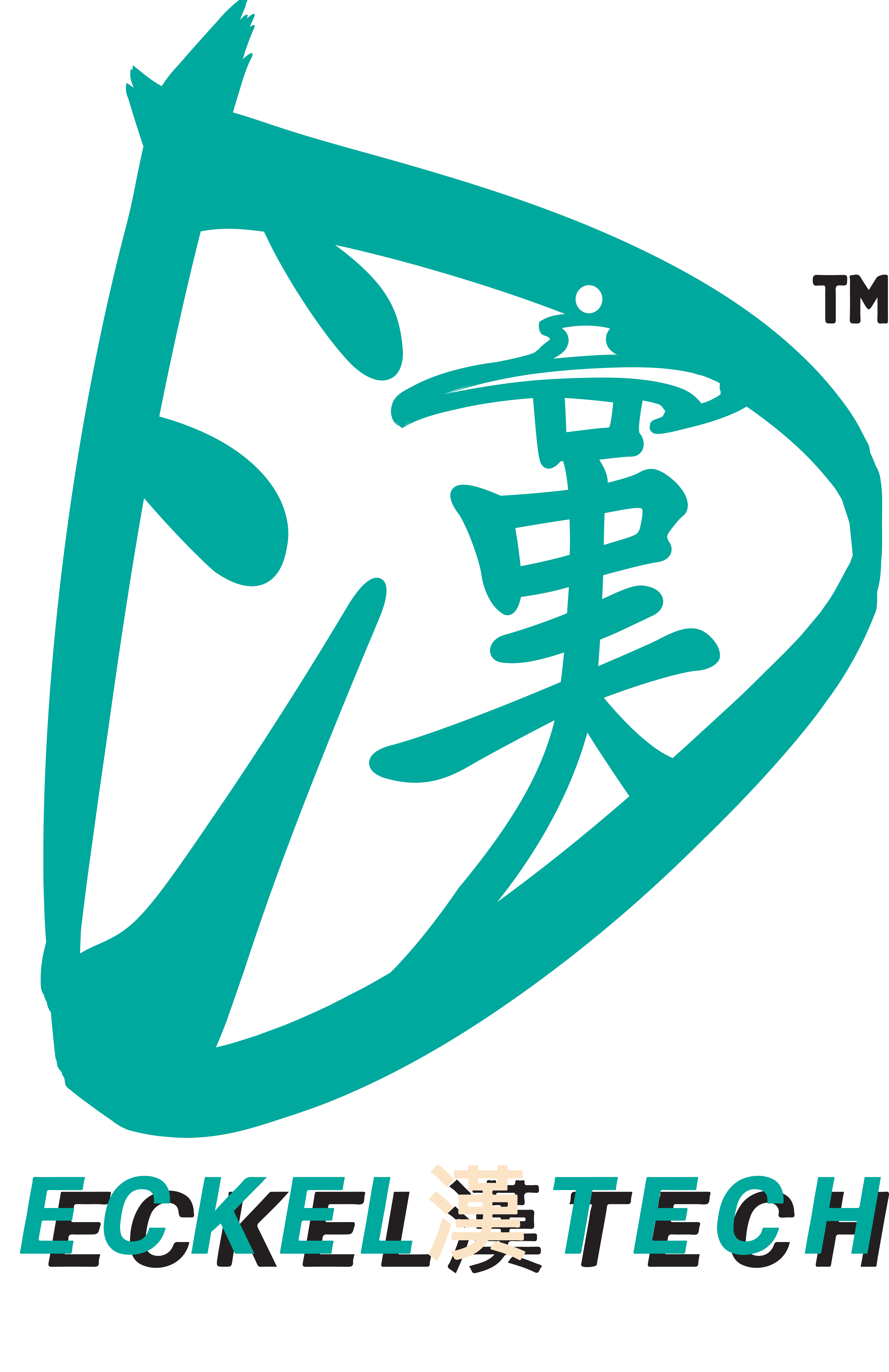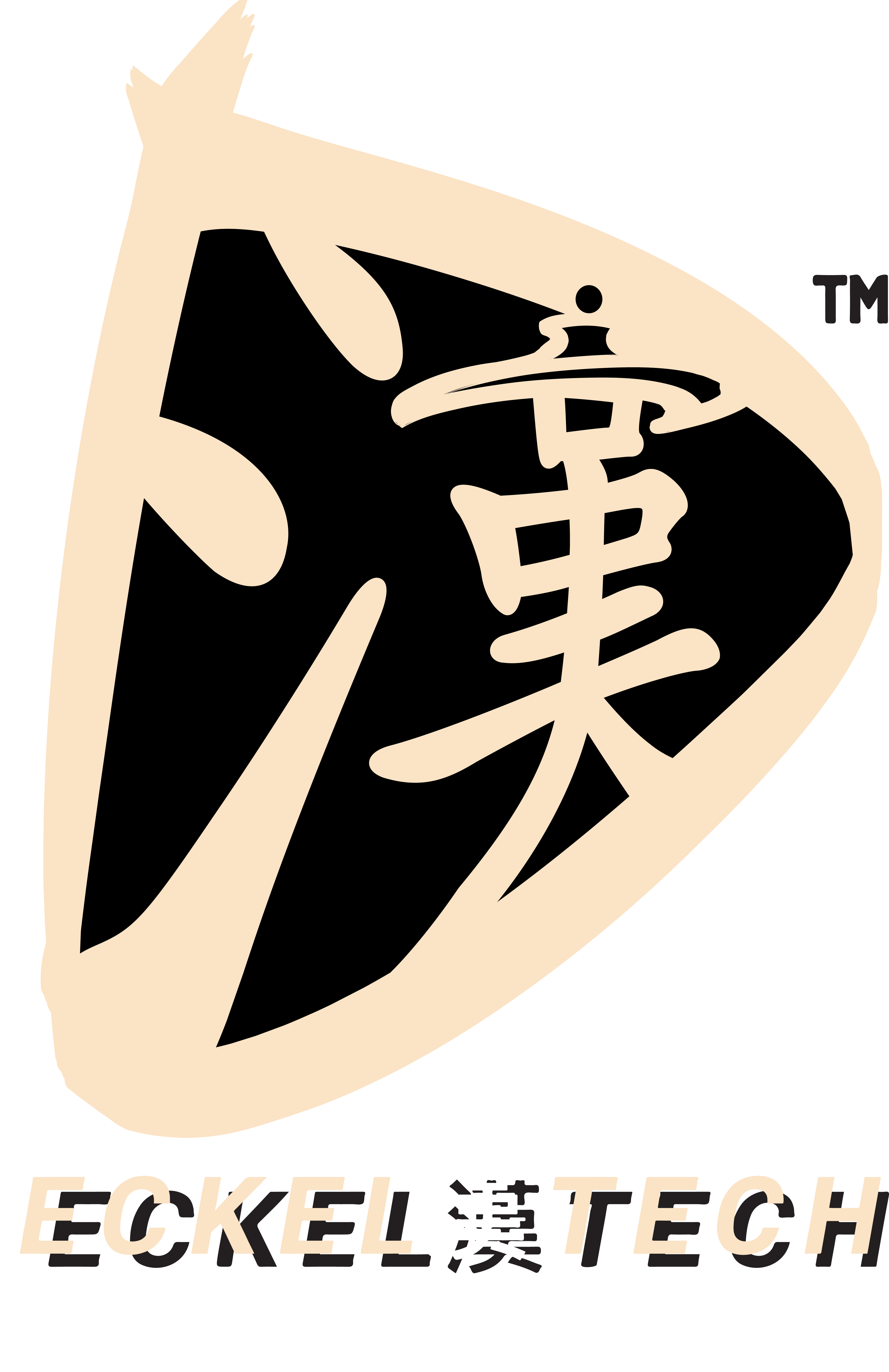Experimental Short Film | Shot on an iPhone 11 | Vertical Video
For the best experience, use ear/headphones, view vertically, or use YouTube VR.
Color film built for white people.
1940s, Shirley Card, the standard.
Chemicals; red, green, blue; calibrated for the ideal lighter skin tone.
1970s, Kodak pressured to incorporate darker tones; complaints by wooden furniture and chocolate companies, not for the inclusion of BIPOC or betterment of film quality, illuminating the real problem.
Film to DSLR, digitizing the standard of whiteness.
1990s, Kodak Gold Max; capture "a dark horse in low light."
-Coated- words.
-Coded- prints.
Shirley Card. Exposed.
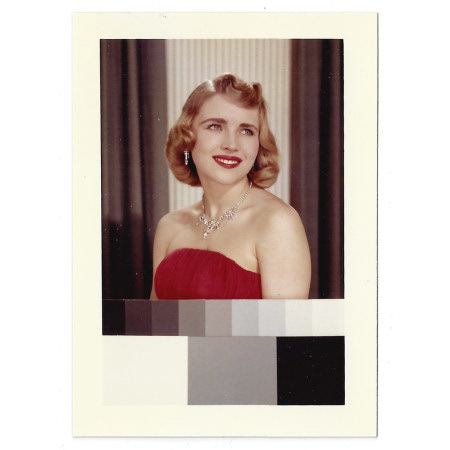
1960 (Source: https://follow-ed.com/kodak-shirleys/)
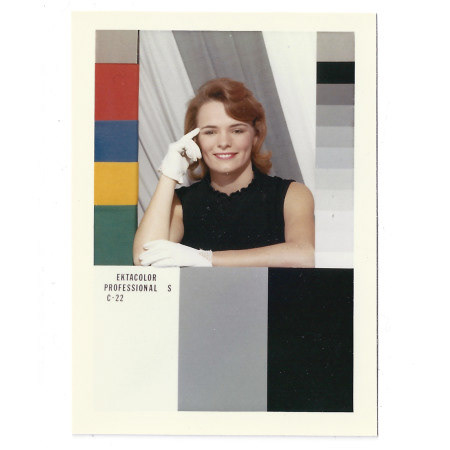
1966 (Source: https://follow-ed.com/kodak-shirleys/)
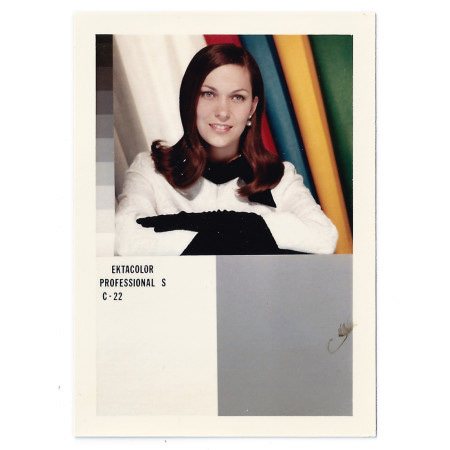
1968 (Source: https://follow-ed.com/kodak-shirleys/)
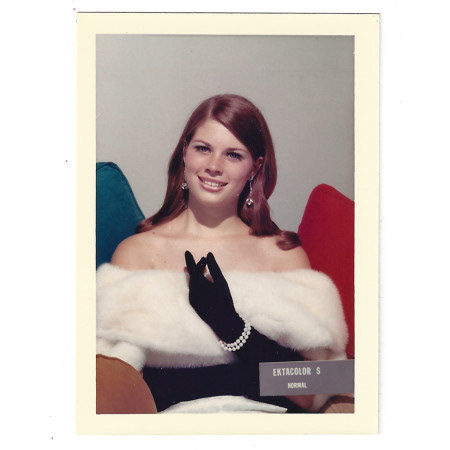
1969 (Source: https://follow-ed.com/kodak-shirleys/)
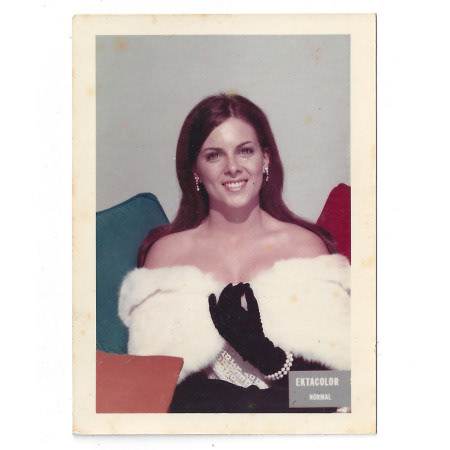
1971 (Source: https://follow-ed.com/kodak-shirleys/)
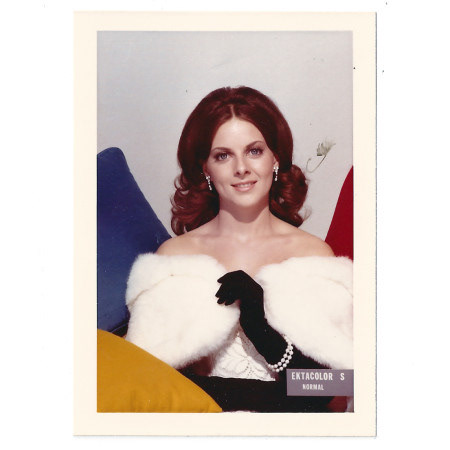
1974 (Source: https://follow-ed.com/kodak-shirleys/)
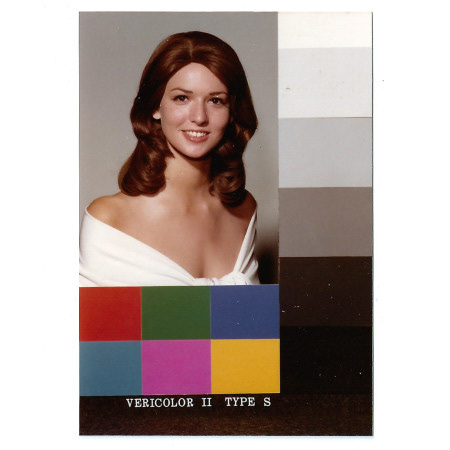
1975 (Source: https://follow-ed.com/kodak-shirleys/)
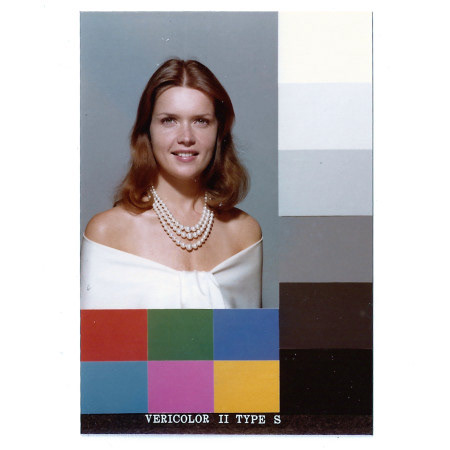
1976 (Source: https://follow-ed.com/kodak-shirleys/)
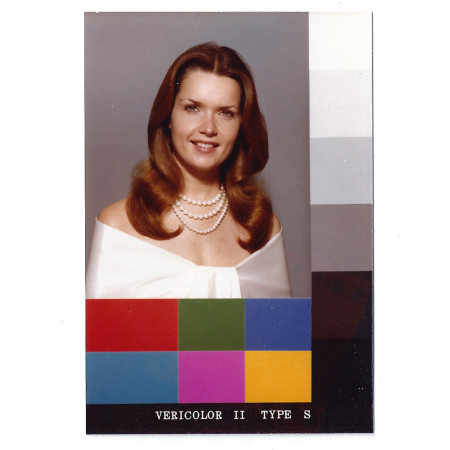
1978 (Source: https://follow-ed.com/kodak-shirleys/)
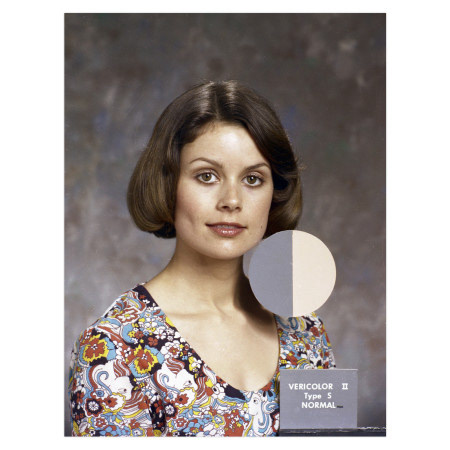
1980 (Source: https://follow-ed.com/kodak-shirleys/)
Under systemic racism, art, technology, American culture has favored white people in nearly every aspect, informing them as the everyday standard. The Shirley Card is one of many forms of this intentional tactic to highlight and favor white consumers. Technology is not racist, but the institutions that build the technology can subsequently reveal their racial bias. With the rise of DSLRs and other portable cameras (i.e. cell phones), Shirley Cards and film photography practices still influence our media today as the standard of whiteness is still apparent in graphic magazine covers, movies, commercials, etc. It is scary. We need to actively detach ourselves from it. And that is what I wanted to capture in this video.
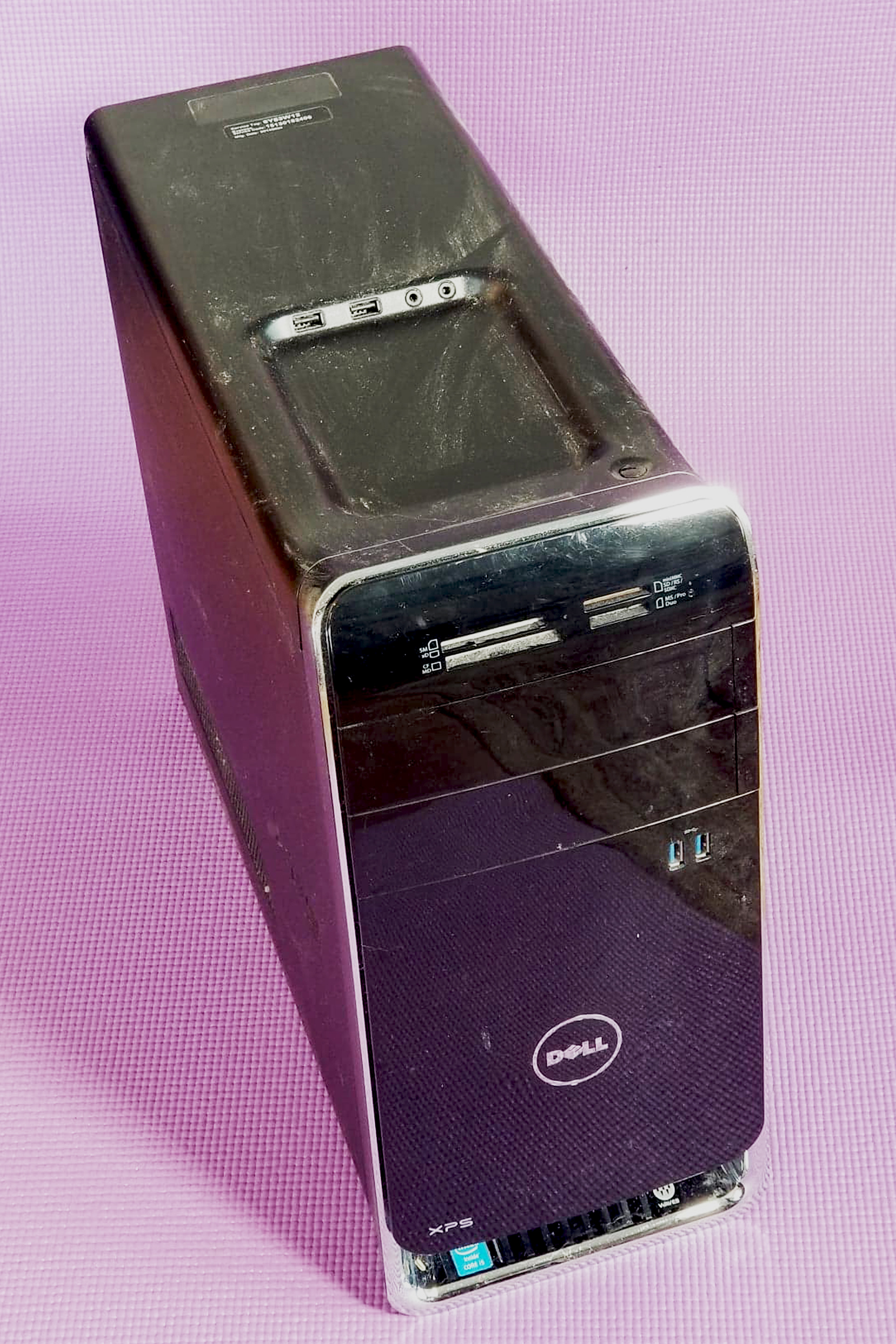
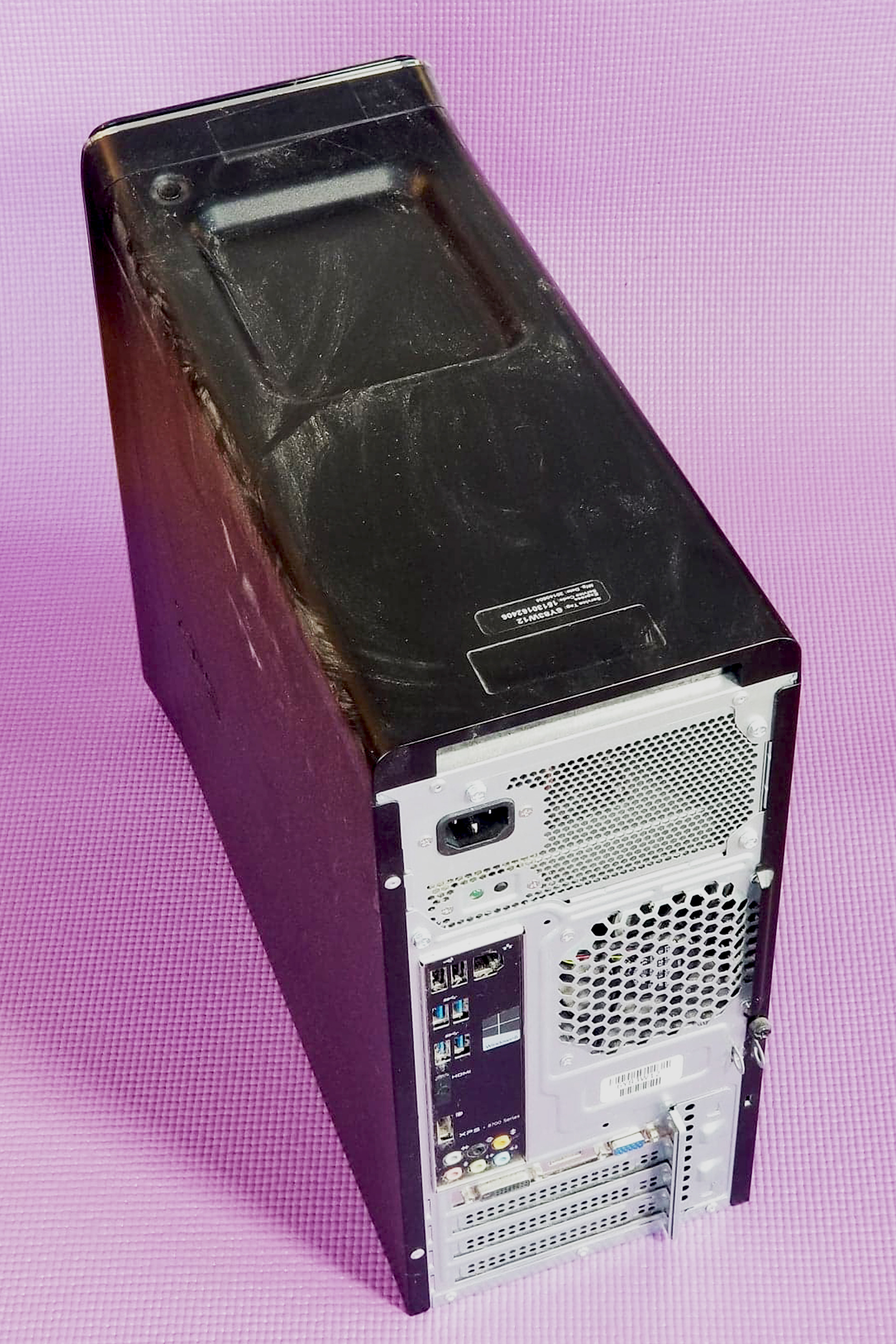
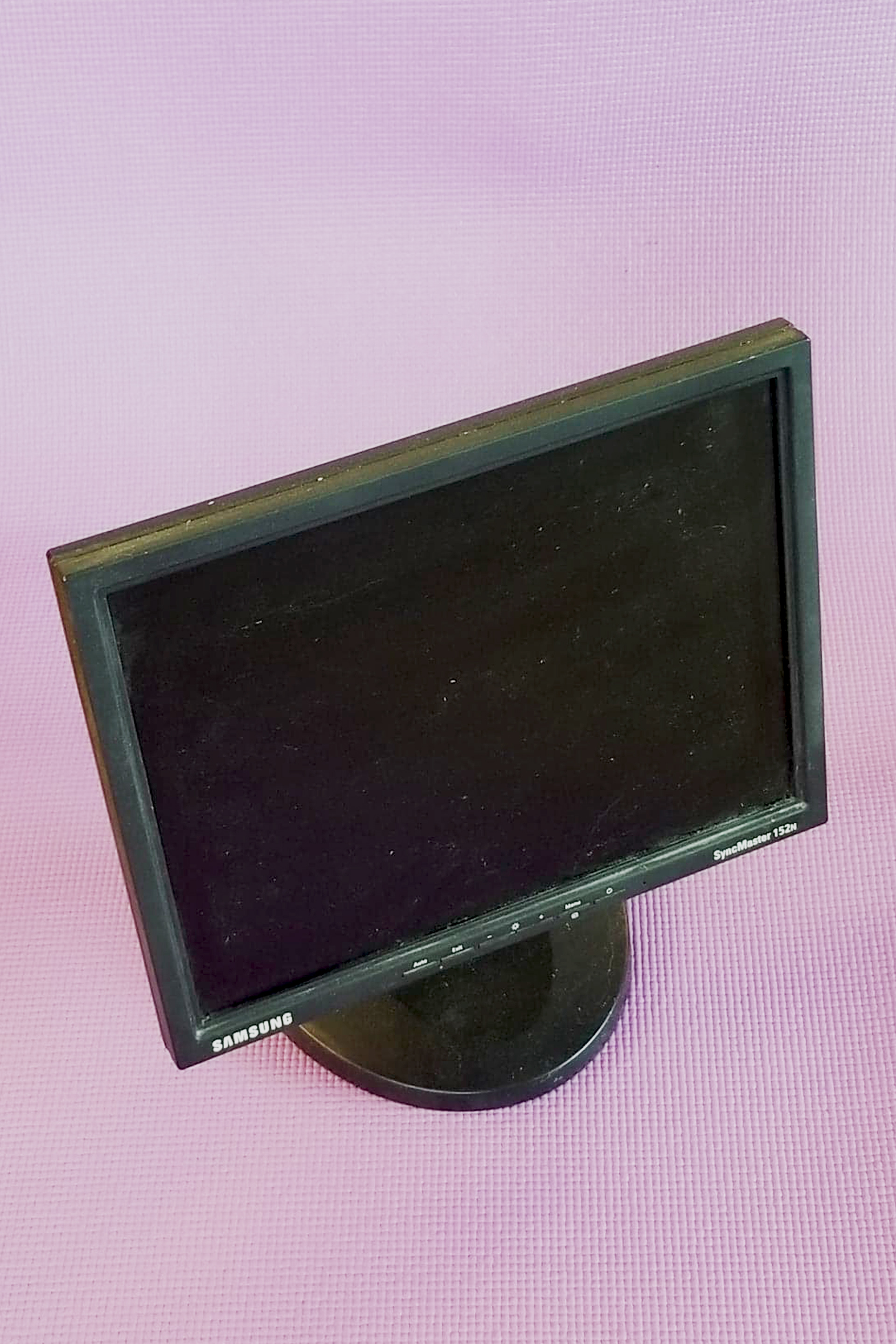
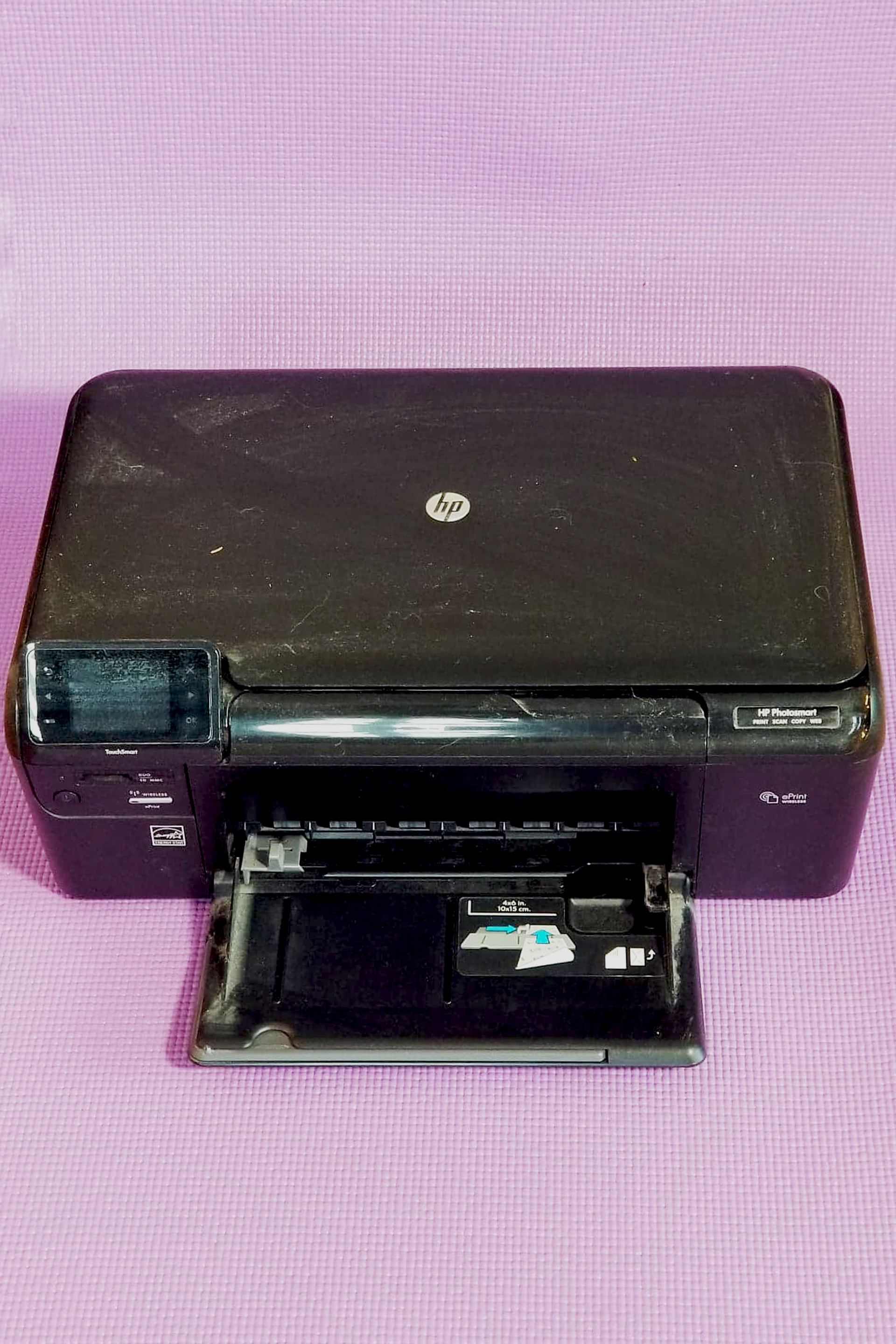
The Kodak Machine - a cyber-collage - screen display at work

The Kodak Machine - a cyber-collage - 1
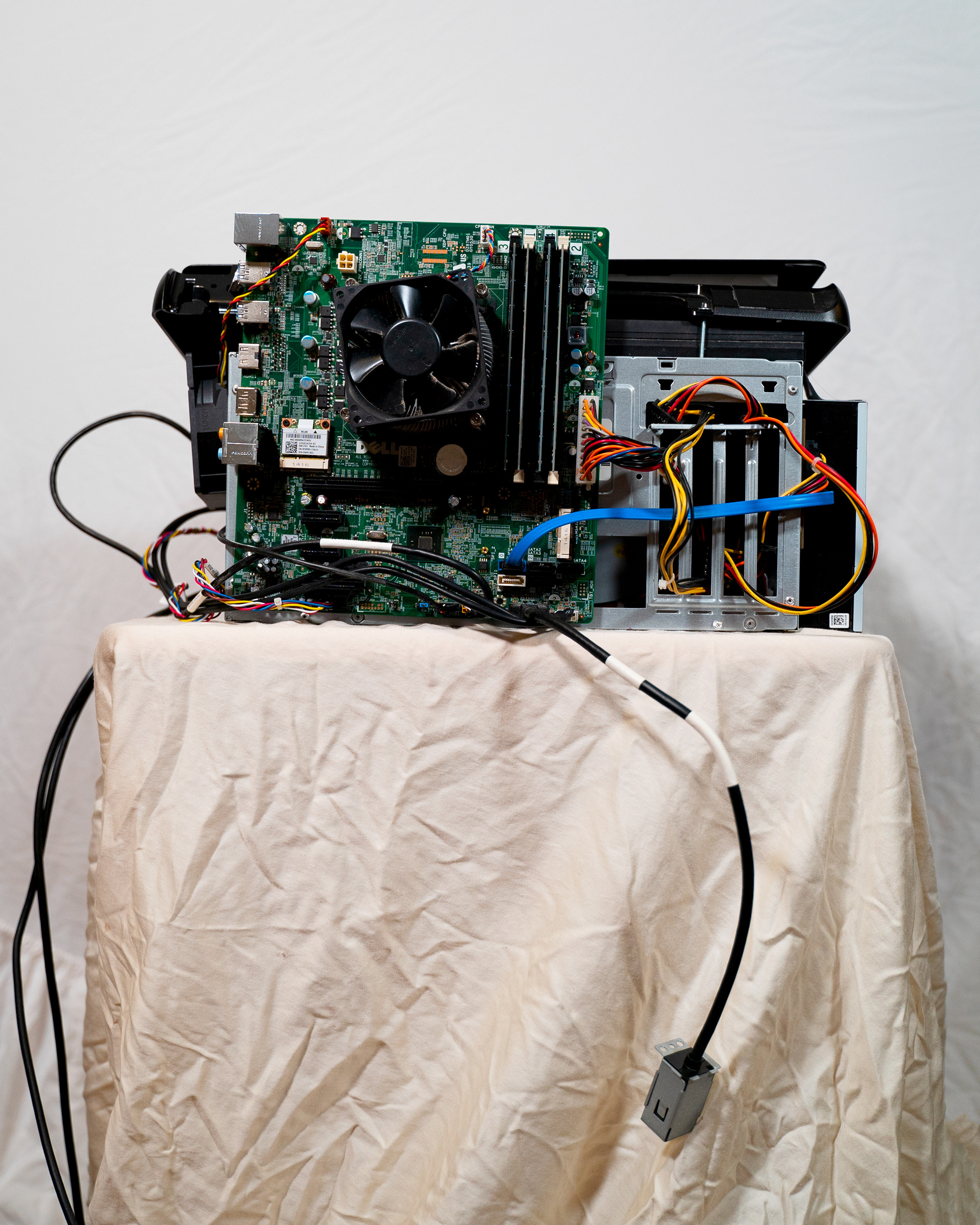
The Kodak Machine - a cyber-collage - 2
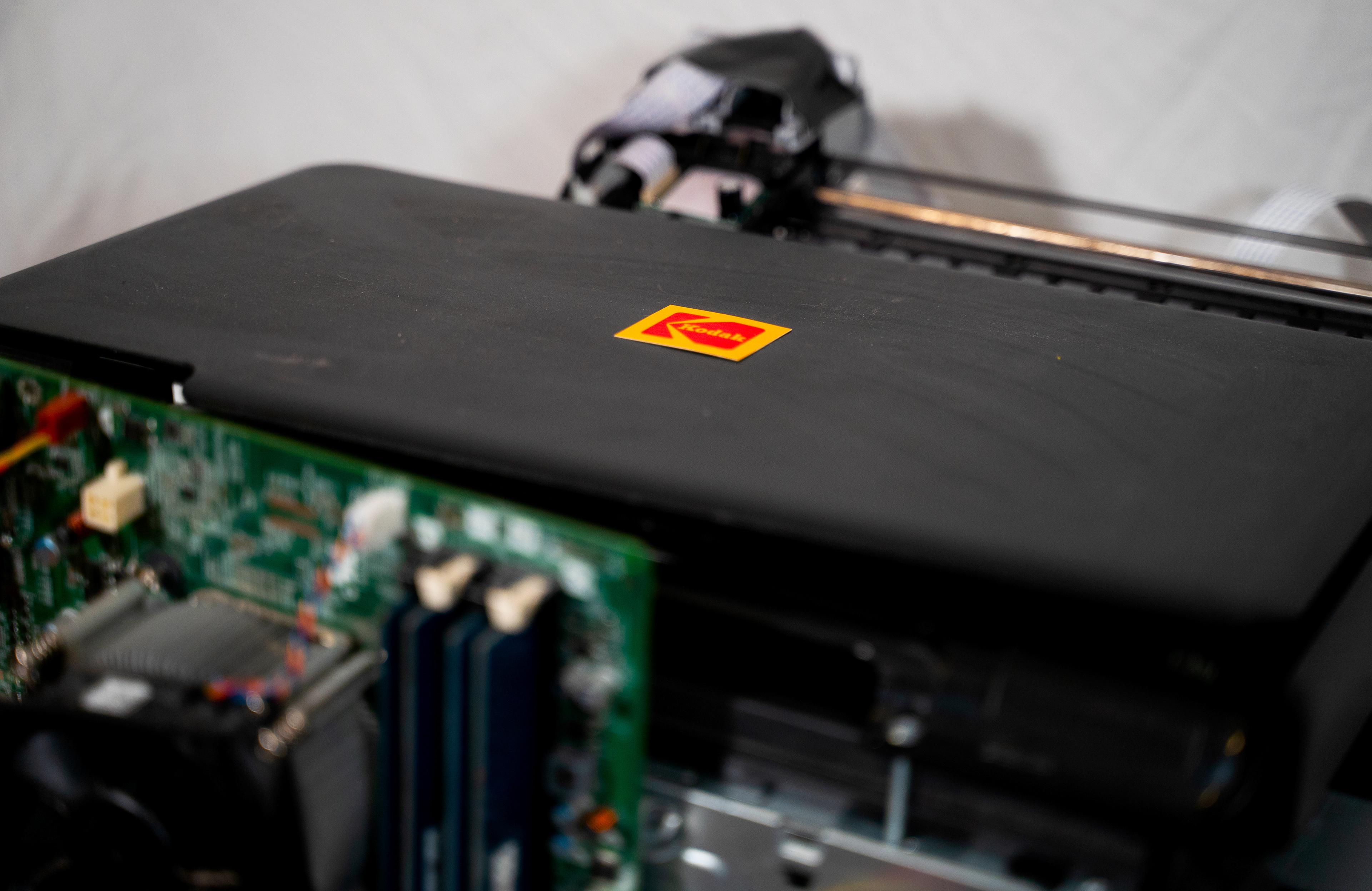
The Kodak Machine - a cyber-collage - 3
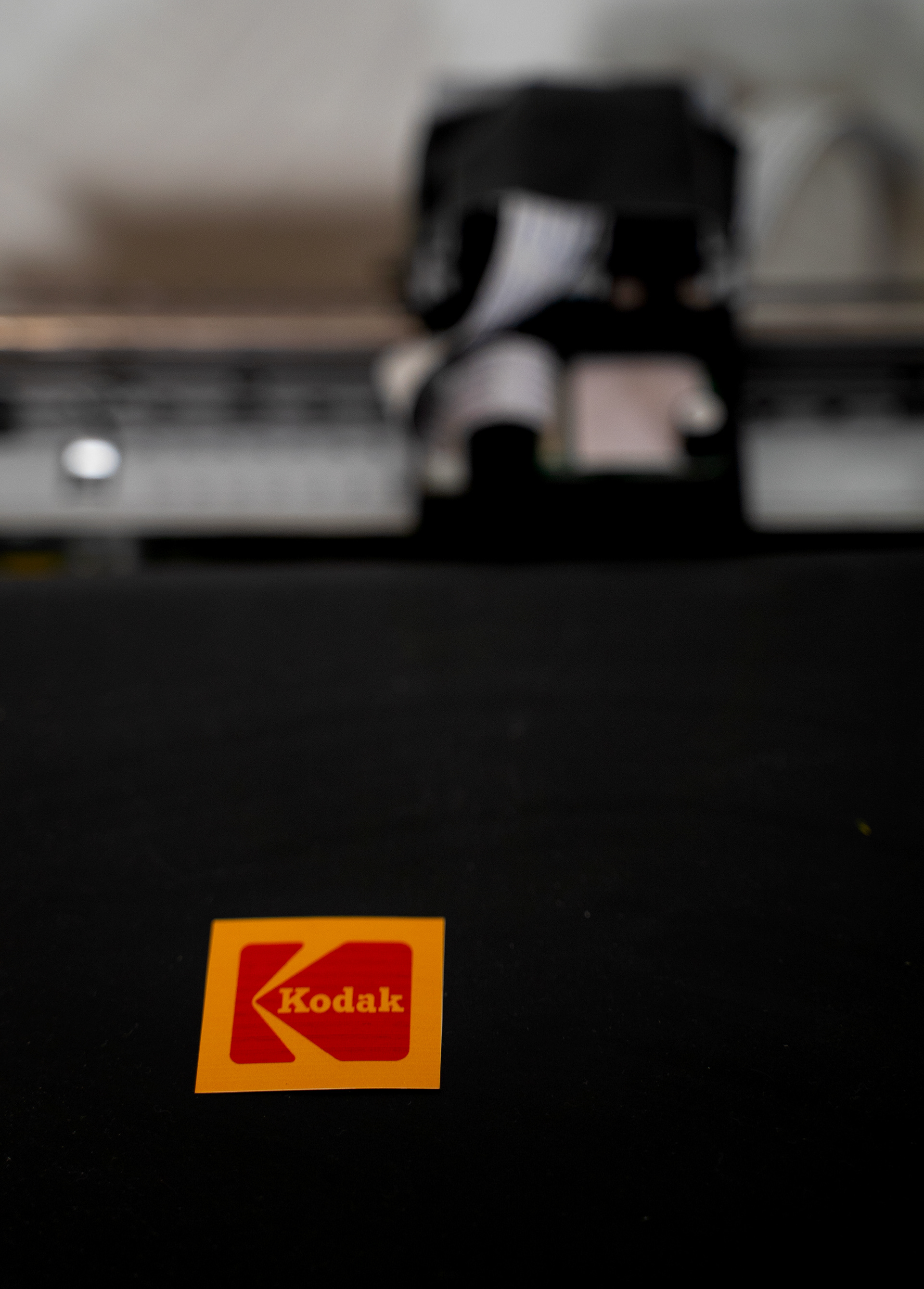
The Kodak Machine - a cyber-collage - 4
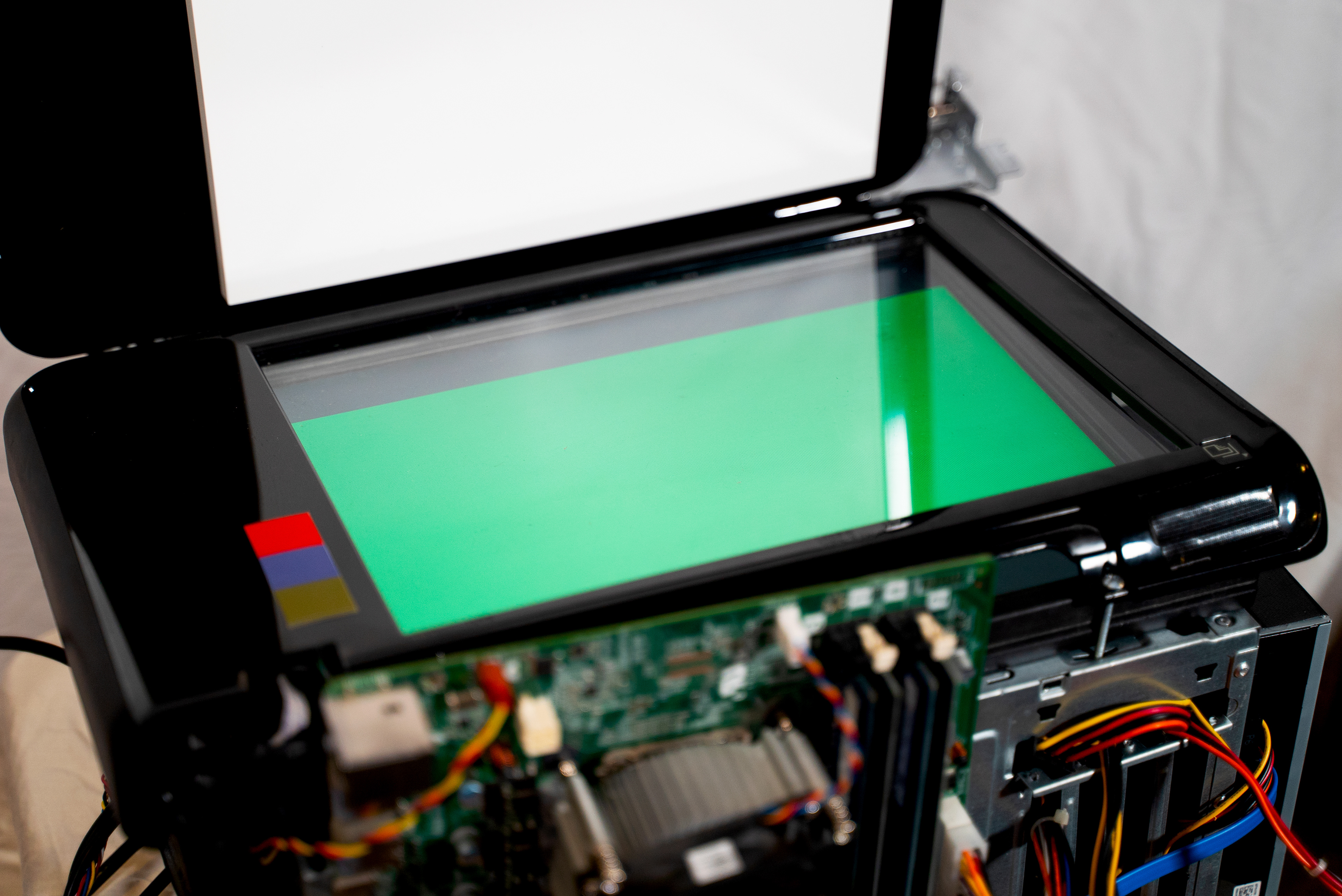
The Kodak Machine - a cyber-collage - 5
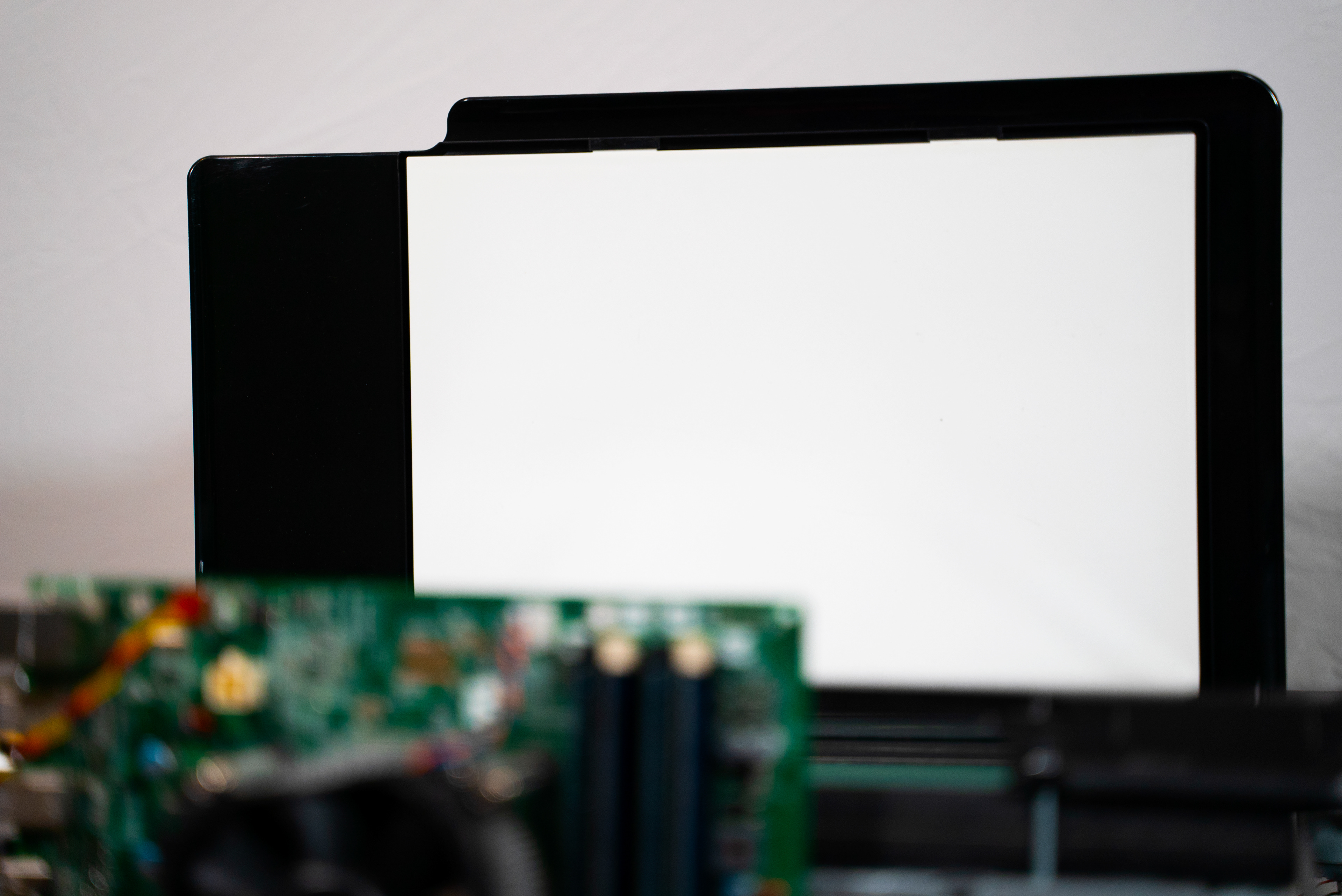
The Kodak Machine - a cyber-collage - 6
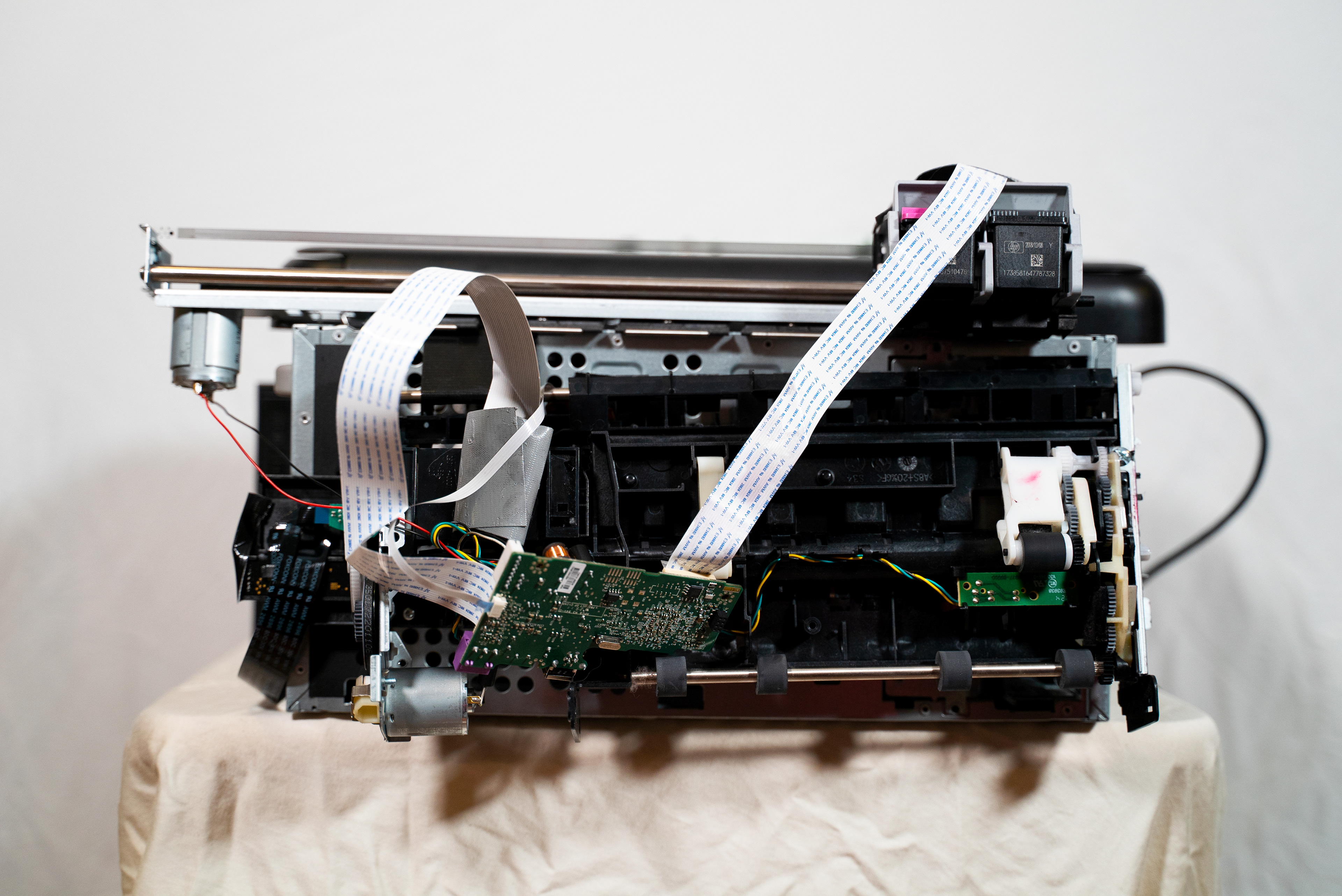
The Kodak Machine - a cyber-collage - 7
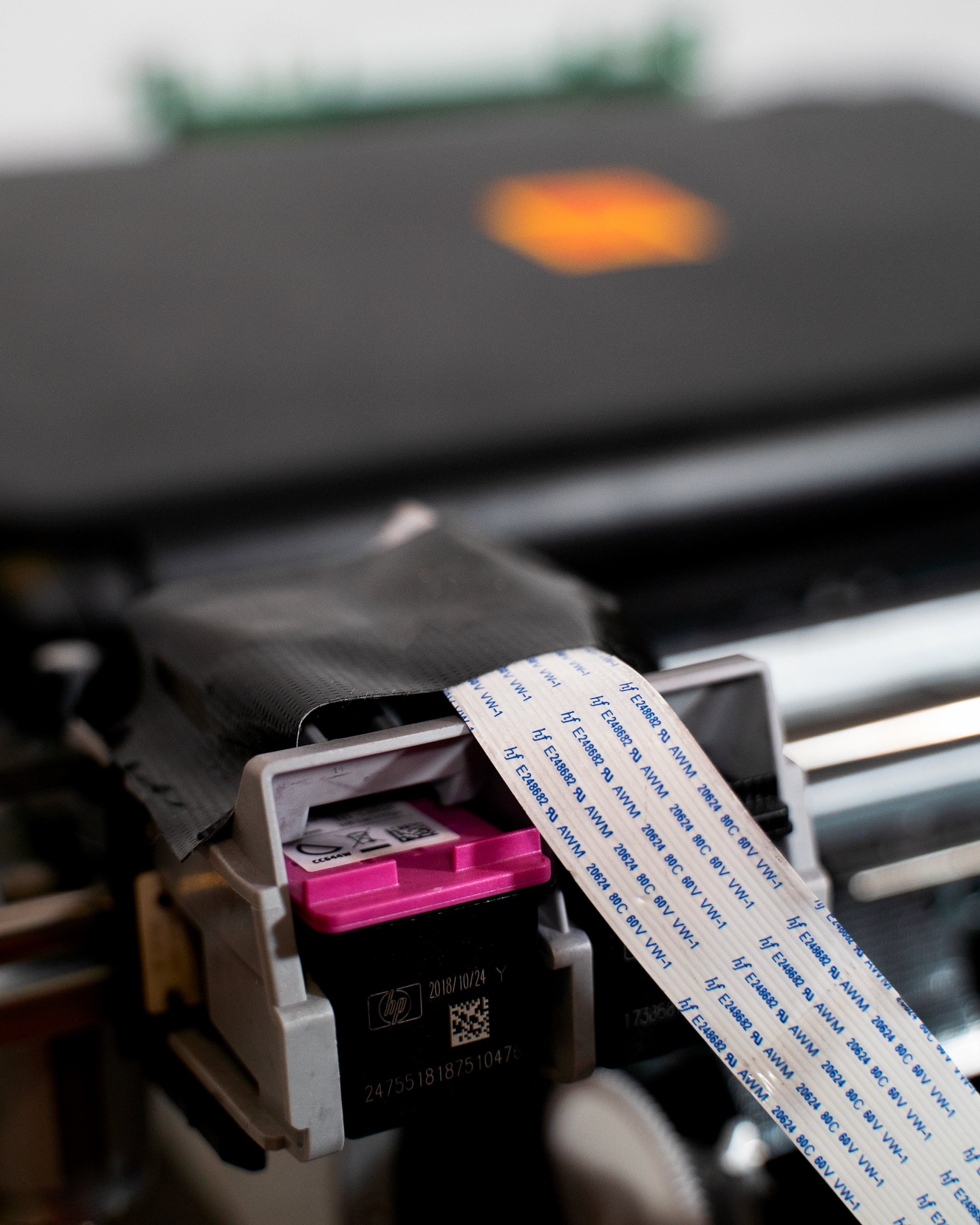
The Kodak Machine - a cyber-collage - 8
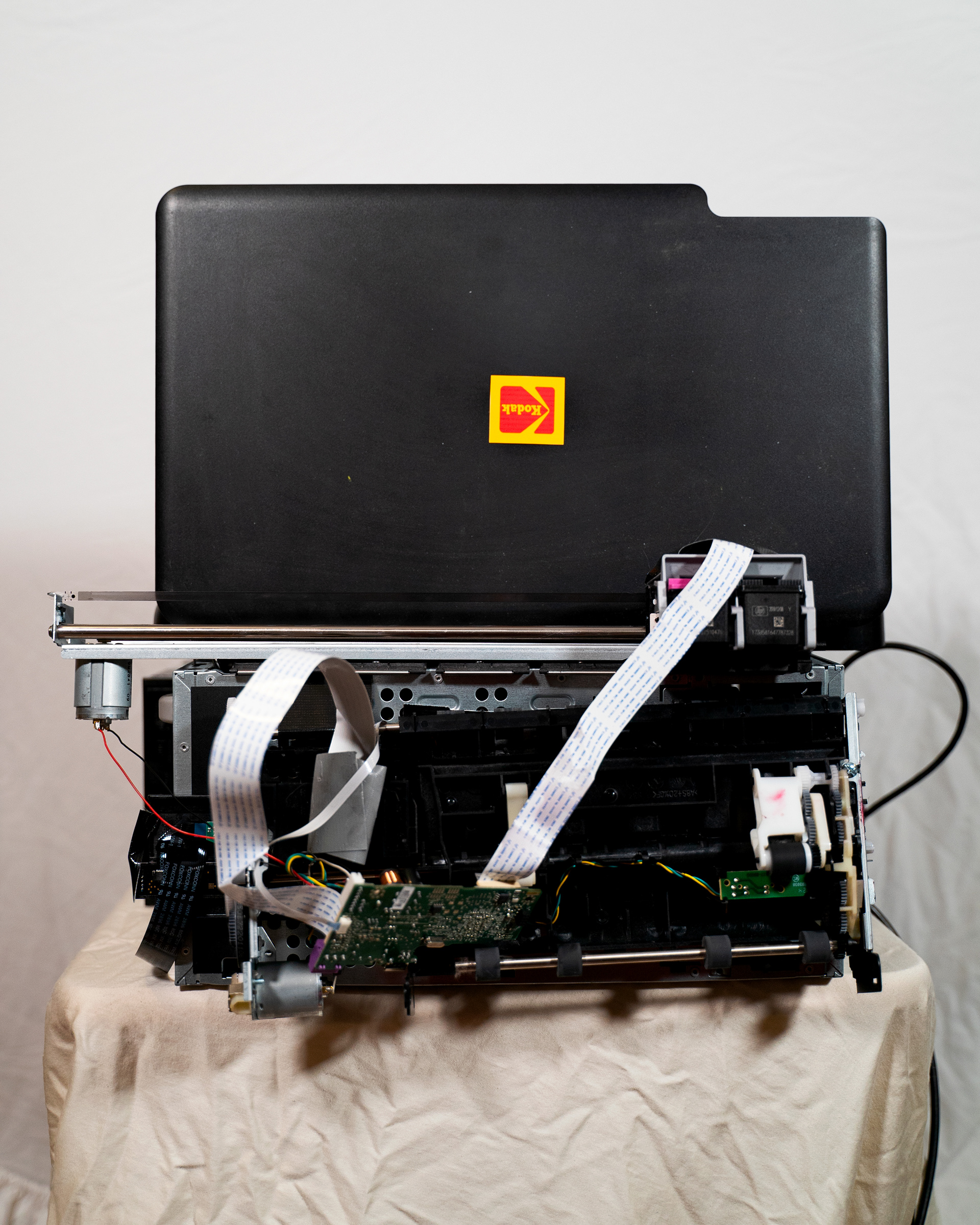
The Kodak Machine - a cyber-collage - 9
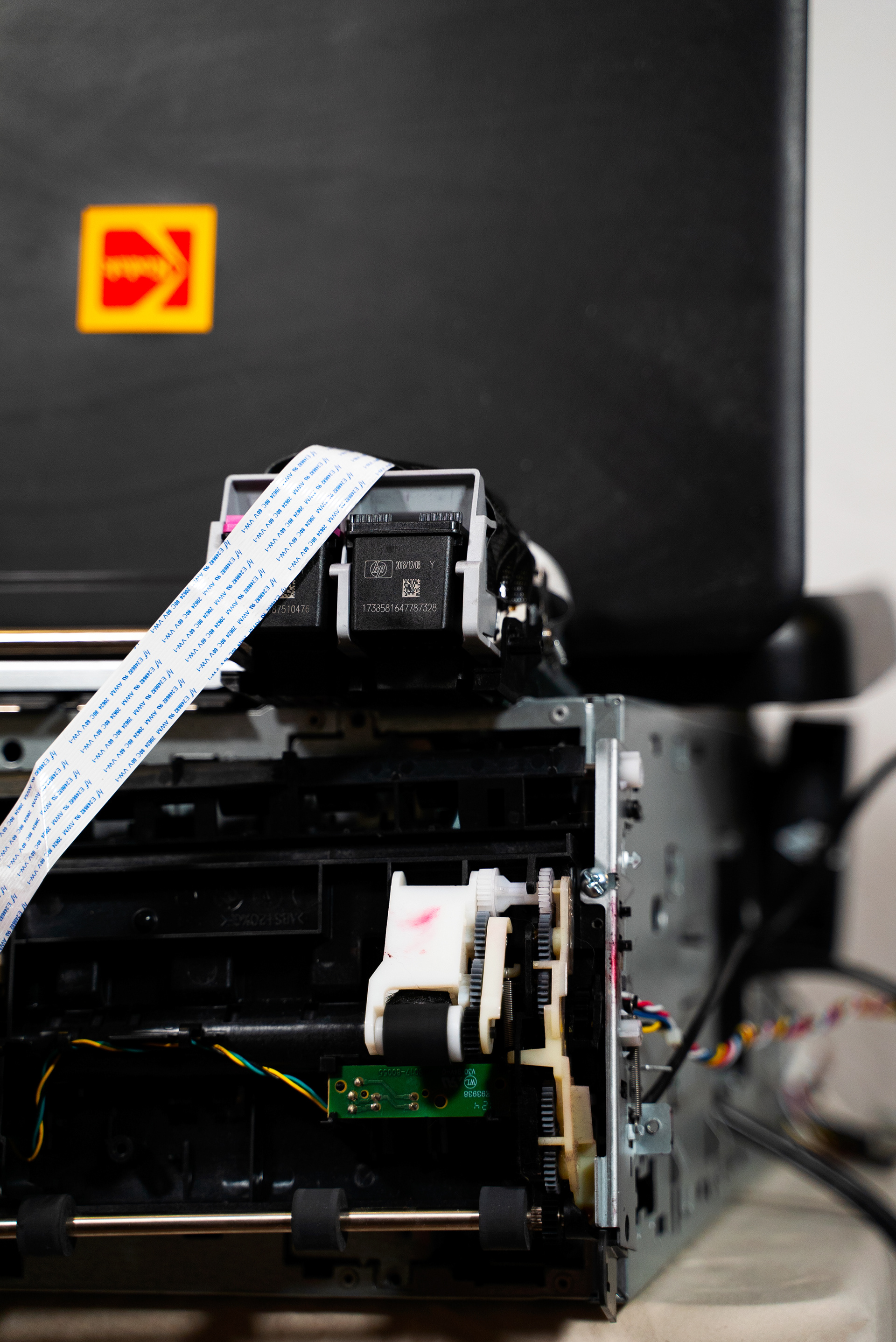
The Kodak Machine - a cyber-collage - 10
I disassembled some technology I have at home, that is no longer functioning or needed, into a harsh cyber-collage projection screen, representing Kodak's old physical film technologies' new twisted modern day form; the Kodak Machine. Within the Kodak Machine, the "new" digital standard of whiteness, the Shirley Ray-Assist. Available on all devices.
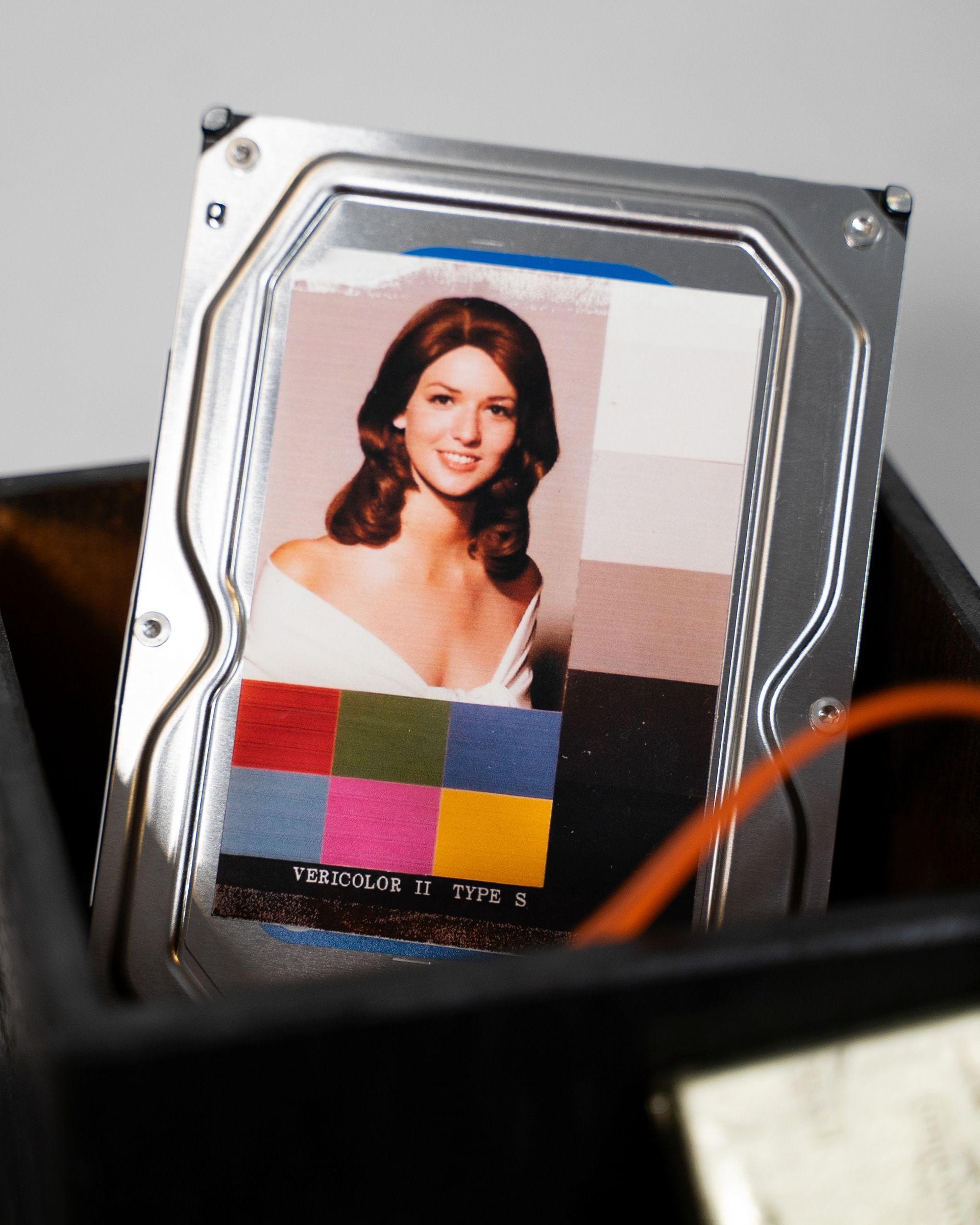
Shirley Ray-Assist - digital standard of whiteness - 1
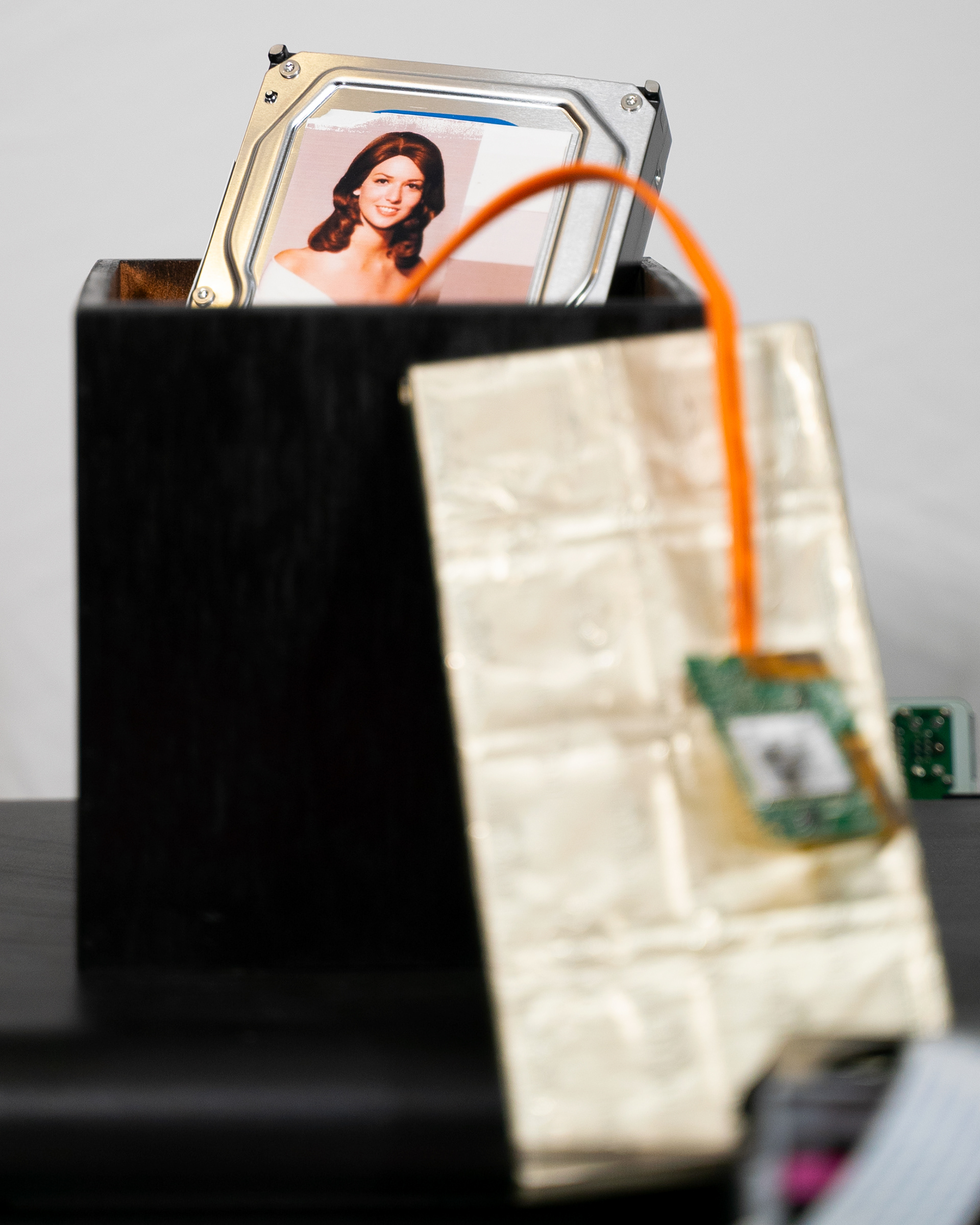
Shirley Ray-Assist - digital standard of whiteness - 2

Shirley Ray-Assist - digital standard of whiteness - 3

Shirley Ray-Assist - digital standard of whiteness - 4
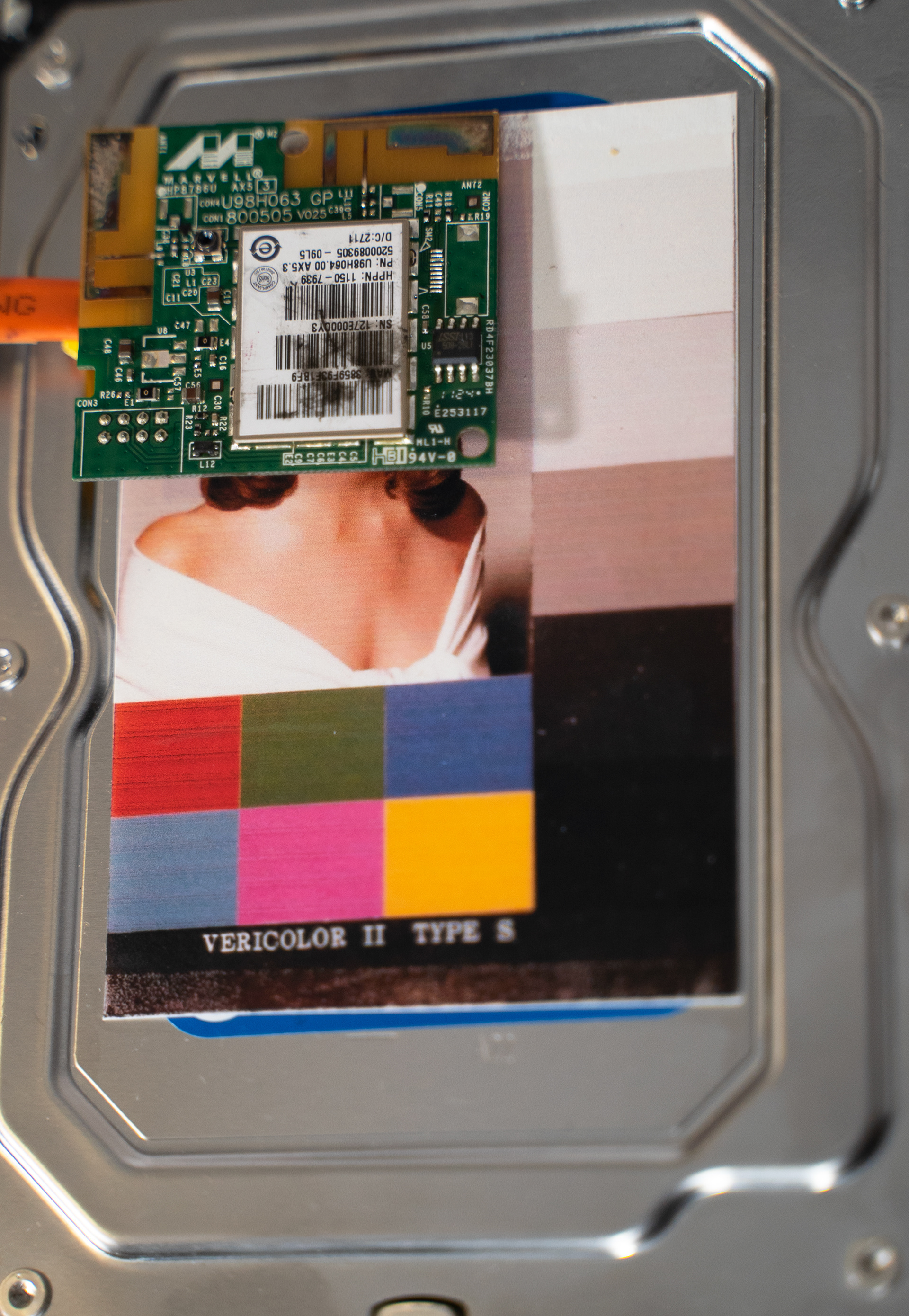
Shirley Ray-Assist - digital standard of whiteness - 5
There are many other symbols and colors within the video to unpack, such as the dark horse on the table representing Kodak's Gold Max advertisements ability to capture "a dark horse in low light," but I will allow the video to speak for itself. What you take away, is what you take in with you...
